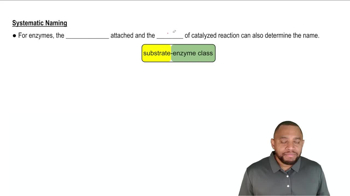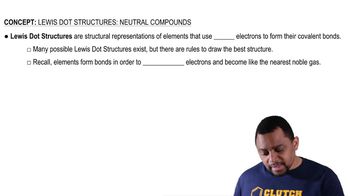Multiple Choice
If the substituent name of benzene is phenyl, which structure represents phenyl propanoate?
605
views
 Verified step by step guidance
Verified step by step guidance Verified video answer for a similar problem:
Verified video answer for a similar problem:



 :59m
:59mMaster IUPAC Rules for Naming Esters Concept 1 with a bite sized video explanation from Jules
Start learning